Pemba
In a similar way that Zanzibar / Maasai Chess is complementing Metamachy, Pemba is filling the holes of the Shako's lineup. Hence the name of this game as Pemba, a neighboring but a smaller island than Zanzibar.
The piece selection here care about the relatively modest size of the board. Therefore, some powerful or long-distance favorite pieces such as the Lion or the Eagle have been discarded. Instead it has been managed to include the natural complements of the pieces of Shako. Thus, the Machine, orthogonal counterpart of the Elephant, and the Archere, diagonal counterpart of the Cannon are present in Pemba. Finally, both sorts of “elongated” Knights, Camels and Giraffes are on-board.
You can play Pemba with Game Courier here! (or play Shako here)
Setup
The board is the decimal board already used for Shako.
Here, there are 60 pieces of 12 different types, 30 for each player:
1 King, 1 Queen, 2 Bishops, 2 Knights, 2 Camels, 2 Rooks, 2 Cannons, 2 Elephants, 2 Archers, 2 Giraffes, 2 Machines and 10 Pawns.
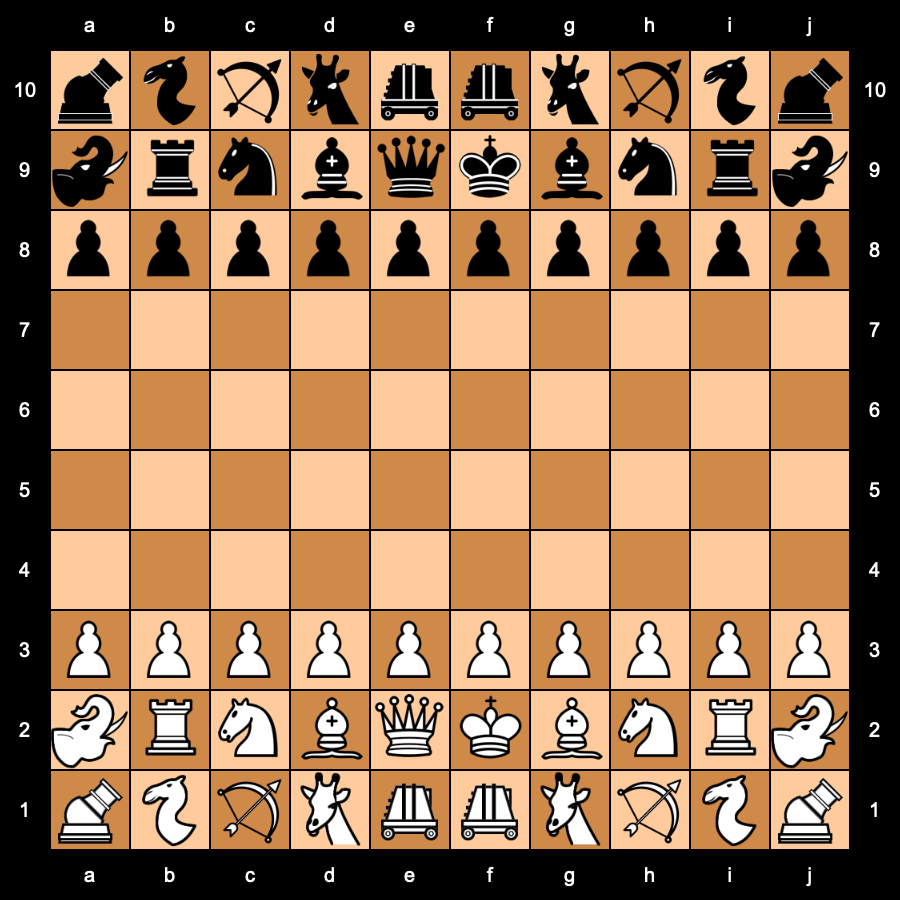
Pieces
King: moves 1 step in every (8) directions on a not attacked square. The King is in check if it is attacked by one or several enemy pieces. It is forbidden to play a move letting his King in check.
Castling remains a simultaneous move of the player's King and one Rook, with the same conditions than at orthodox chess.
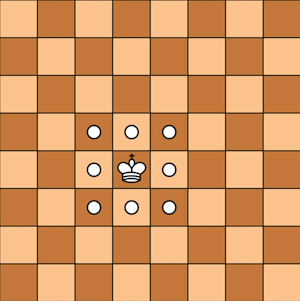
Queen: slides to any square along the file, the rank or a diagonal on which it stands. Identical to standard chess.
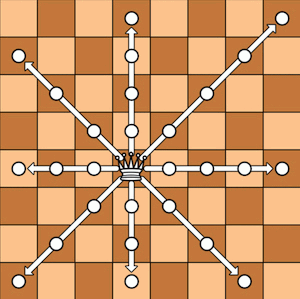
Rook: moves to any square along the file or the rank on which it stands. Identical to standard chess
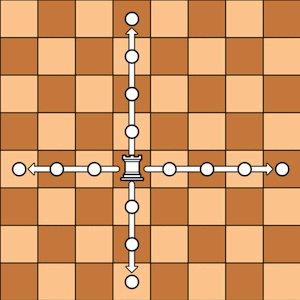
Bishop: slides to any square along a diagonal on which it stands. Identical to standard chess
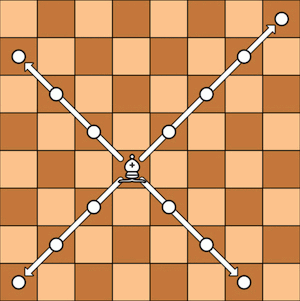
Knight: a (2,1) jumper, it jumps to the opposite square of a 2x3 rectangle. No matter what the intermediate square contains. Identical to standard chess

Pawn: it can move straight forward one, or two square from its starting position on the board, without capturing. It captures one square diagonally forward. Identical to standard chess and Shako.

Camel: a (3,1) jumper, it jumps to the opposite square of a 2x4 rectangle, like an extended Knight. No matter what intermediate squares contain. Note that it always stays on the same color of square. A well known piece from medieval Muslim great Chess like Tamerlane's Chess. Identical to Metamachy

Giraffe: a (3,2) jumper, it jumps to the opposite square of a 3x4 rectangle, like an extended Knight. No matter what intermediate squares contain. Note that it always changes the same color of its square. That piece is found in Alfonso X's Grant Acedrex (but its move has been rendered differently by 20th century historians). The same pattern, but with a non-jumping move, is found in Janggi, Korean Chess, for the Elephant. Under the name of Zebra, it is also a fairy piece used by problemists for compositions. Identical to Zanzibar.
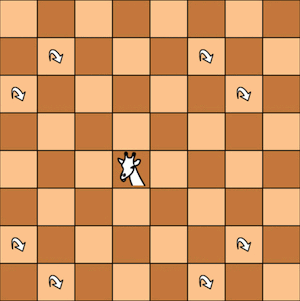
Cannon: exactly as in Xiangqi. The Cannon moves without taking like a Rook, but it takes by going in a straight horizontal and vertical line and jumping over exactly one piece. When a Cannon takes a piece, there must be exactly one piece between the original and final square of the Cannon's move - this piece may be of either color. This is identical to the move of the Cannon in Shako and Metamachy.
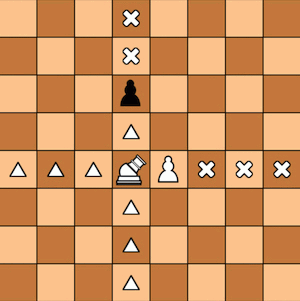
Archer: it is the diagonal counterpart of the Xiangqi's Cannon. It moves like a Bishop and needs an intermediate piece between itself and its victim to capture it. The Archer jumps the intermediate and takes the victim on its square. The intermediate is left unaffected. Previously named Crocodile. Also known as Vao by problemists. Identical to Zanzibar.
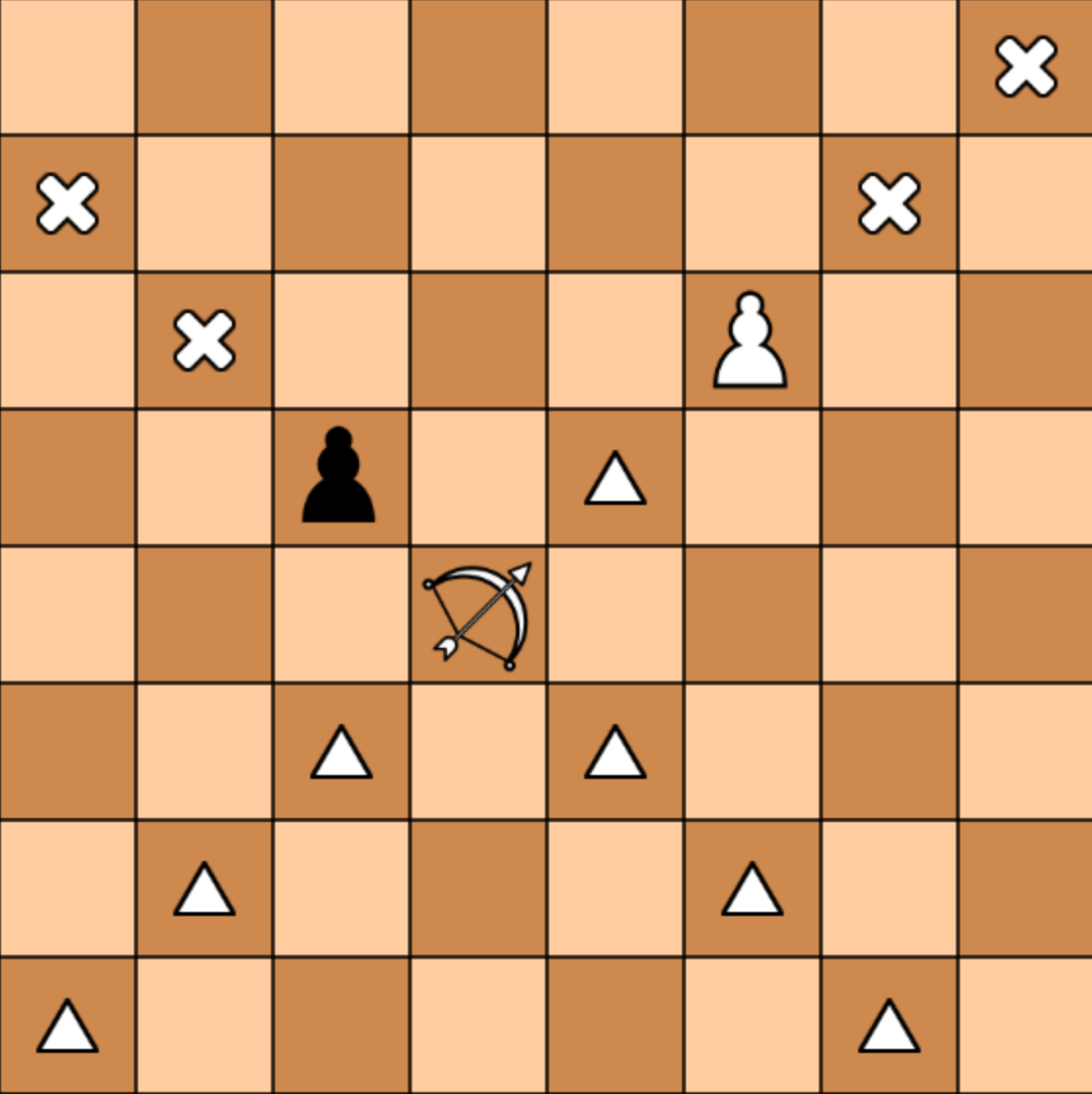
Machine: it is an orthogonal counterpart of the Elephant as it moves 1 or 2 squares orthogonally, jumping over the first square if it is occupied. Then, it combines the moves of old Dabbaba and Wazir found in ancient Muslim Chess variants. The word Dabbaba designated a siege machine at war in Arabic, hence the name given for this piece. Identical to Zanzibar.
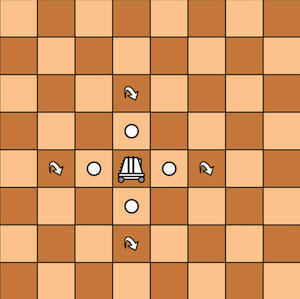
Elephant: exactly as in Shako and Metamachy. It moves one or two squares diagonally. When an Elephant moves two squares, no matter what intermediate squares contain. Note that it always stays on the same color of square. The Elephant moves as the combined Alfil and Ferz from Shatranj, two pieces which were also present in mediaeval Chess and have disappeared with the birth of modern moves for the Bishop and the Queen.

Rules
Other rules
End Of Game: The end-of-game rules, checkmate, stalemate, etc., are identical to standard chess and to Shako.
Notes
Pieces Value
Estimated as:
Pawn: 1 ; Giraffe: 2 ; Camel: 2.5 ; Elephant: 2.75 ; Knight: 3 ; Archer: 3 ; Machine: 3.25 ; Bishop: 3.5 ; Cannon: 4 ; Rook: 5 ; Queen: 9
These values are just given for a very rough estimate.
Deep thanks to H.G. Muller for making the Interactive Diagram below
 This 'user submitted' page is a collaboration between the posting user and the Chess Variant Pages. Registered contributors to the Chess Variant Pages have the ability to post their own works, subject to review and editing by the Chess Variant Pages Editorial Staff.
This 'user submitted' page is a collaboration between the posting user and the Chess Variant Pages. Registered contributors to the Chess Variant Pages have the ability to post their own works, subject to review and editing by the Chess Variant Pages Editorial Staff.
By Jean-Louis Cazaux.
Last revised by Jean-Louis Cazaux.
Web page created: 2021-10-11. Web page last updated: 2022-11-30
